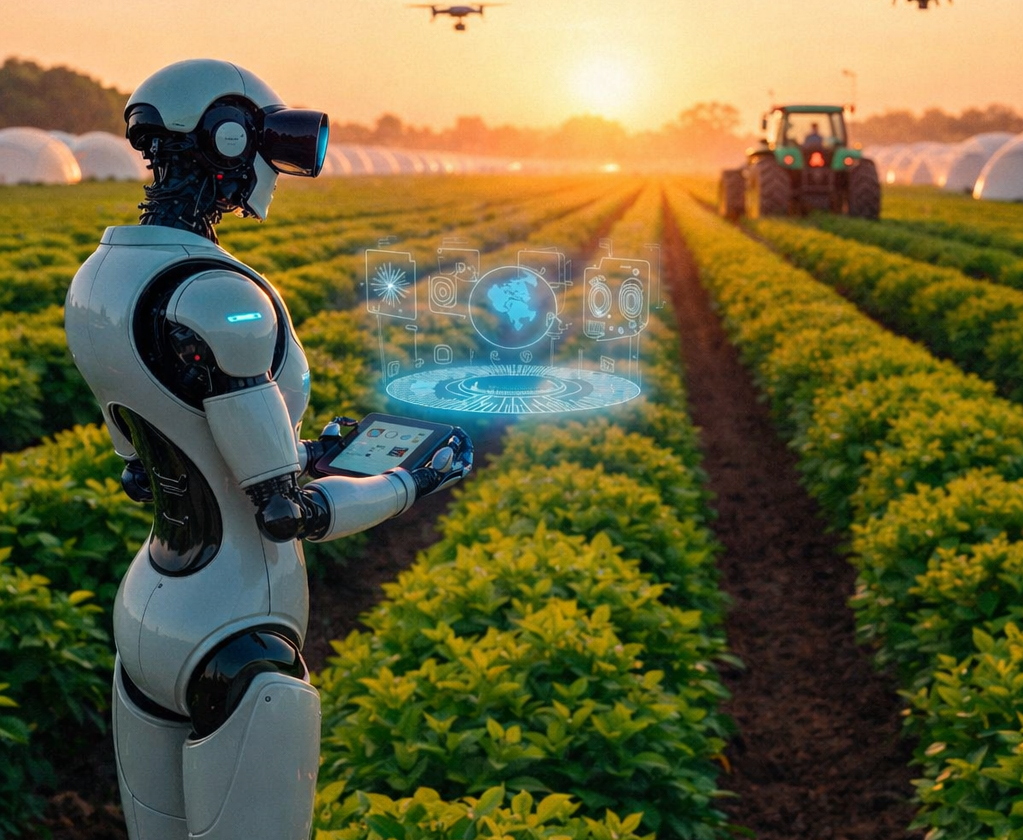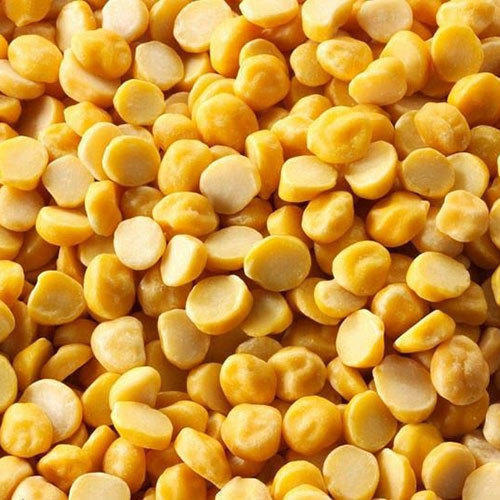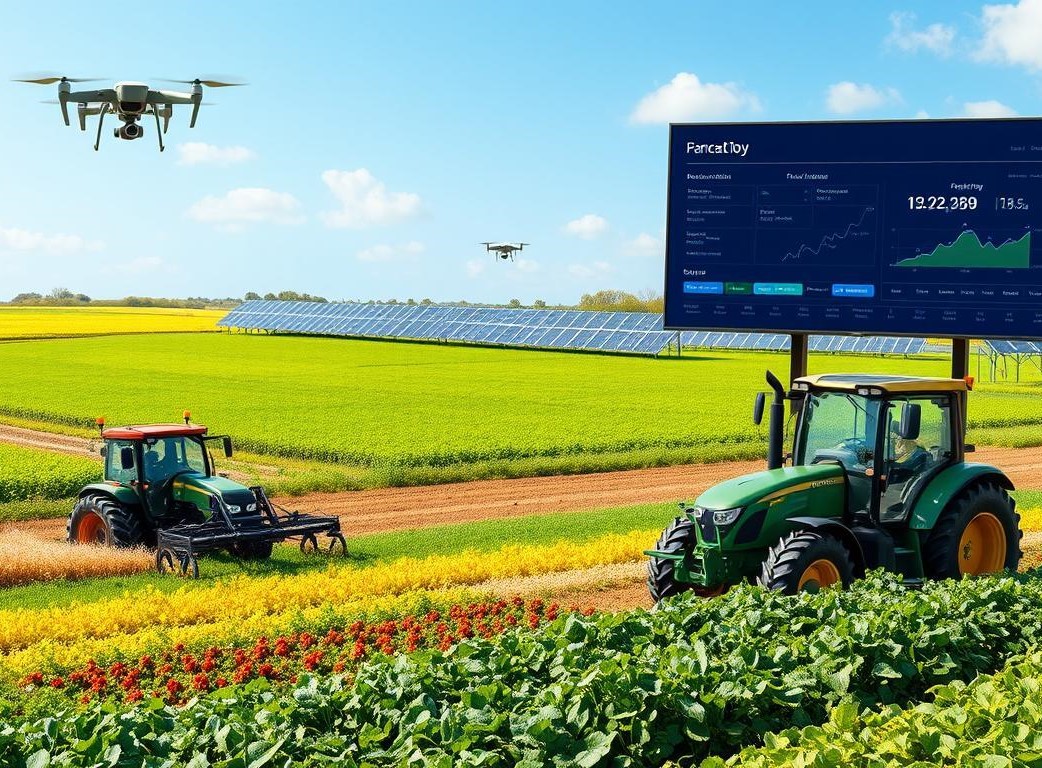The Indian agricultural equipment market size reached INR 1,129.6 Bn in 2023. Looking forward, IMARC Group expects the market to reach INR 2,527.4 Billion by 2032, exhibiting a growth rate (CAGR) of 9.1% during 2024-2032.
Amongst this, the agricultural robots market size in India was valued at USD 91.36 million in 2022 and is predicted to reach USD 544.35 million by 2030, with a CAGR of 23.6% during the forecast period, 2023–2030.

Recently, the emergence of agricultural robots in India has revolutionized the agri landscape, ushering in a new era of efficiency and sustainability . With the growing demand for food production to meet the needs of a burgeoning population, robotics has found a significant role in enhancing productivity and addressing labour shortages in the agricultural sector.
- Micro-spraying robots: While spraying pesticide repellent on the plants, most of the content ends up ruining the soil. Farmers are using micro-spraying robots to narrow down the impacts. With futuristic computer vision technology, micro-spraying robots can detect weeds and then spray a targeted drop of herbicide onto them.
- Drones: Drones equipped with sophisticated cameras and sensors are increasingly being employed for crop monitoring and pest control. These aerial vehicles provide real-time data on crop health, enabling farmers to make informed decisions about irrigation, fertilization, and pest management.
- Automatic tractors and ploughs: The integration of robotics has also extended to precision agriculture, where autonomous tractors and ploughs are employed for precise planting and cultivation. These machines operate with a level of accuracy that surpasses traditional methods, leading to optimized land use and reduced environmental impact.
- Automated harvesting systems: The robotic harvesters are equipped with advanced sensors and imaging technologies, enabling precise and efficient crop picking. The use of such technology not only minimizes the dependence on manual labour but also ensures a higher yield and better crop quality.

In the context of the emerging trends in Indian farming, agribazaar, a leading agricultural technology platform, has played a pivotal role. agribazaar leverages technology to connect farmers with buyers, streamlining the supply chain and ensuring fair market prices. With agribazaar’s platform, Indian farmers can not only enhance their efficiency but also gain better access to markets, ultimately improving their economic prospects.
Conclusion
The integration of agricultural robots in Indian farming marks a significant leap towards sustainable and technologically advanced agriculture. As the sector continues to evolve, collaborations with innovative platforms like agribazaar will likely play a crucial role in ensuring that the benefits of these advancements reach farmers across the country, contributing to a more resilient and prosperous agricultural sector.








 Connect With Us
Connect With Us